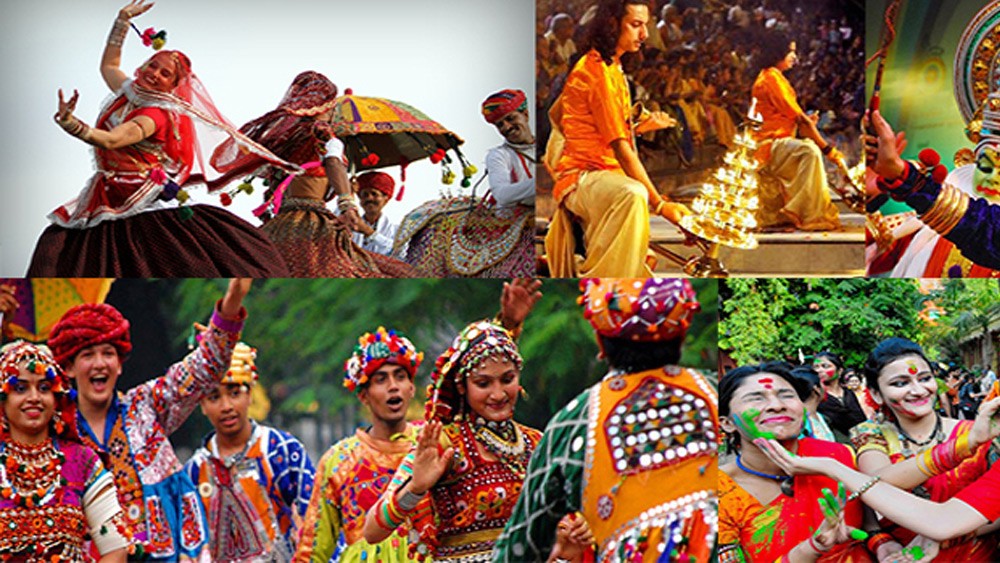Cultural tourism serves as a gateway to the soul of a destination, offering travelers a profound journey into the heart of traditions, history, and artistic expressions. This article delves into the captivating realm of cultural tourism, where each step unveils stories, customs, and the vibrant tapestry of human civilization.
Embracing Historical Treasures:
1. Architectural Marvels: Cultural tourism often begins with a stroll through architectural marvels that stand as testament to a region’s history. From ancient temples to medieval castles and modern landmarks, each structure narrates a story of craftsmanship, innovation, and the epochs it has witnessed.
2. Museums and Art Galleries: Museums and art galleries serve as repositories of a society’s cultural wealth. Cultural tourists immerse themselves in curated collections of artifacts, paintings, and sculptures, gaining insights into the evolution of artistic expression and the societal values that shaped them.
Culinary Adventures:
1. Local Gastronomy: Culinary exploration is a pivotal aspect of cultural tourism. Travelers indulge in local delicacies, savoring flavors that have been passed down through generations. Food markets, street vendors, and traditional restaurants become windows into the culinary heritage of a region.
2. Cooking Classes and Food Festivals: To truly grasp a culture, some cultural tourists participate in cooking classes or attend food festivals. These hands-on experiences offer an intimate understanding of ingredients, cooking techniques, and the significance of each dish in the cultural context.
Living Traditions:
1. Festivals and Celebrations: Cultural tourism often aligns with the timing of festivals and celebrations. Witnessing traditional ceremonies, parades, and rituals provides travelers with a firsthand experience of the vibrant living traditions that define a community.
2. Performing Arts: The performing arts, including theater, dance, and music, offer a dynamic portrayal of a culture’s emotional and artistic expression. Attending local performances or traditional ceremonies allows cultural tourists to engage with the pulse of a community.
Historical Pilgrimages:
1. Religious and Spiritual Sites: For many cultural tourists, religious and spiritual sites hold immense significance. Pilgrimages to sacred places, whether temples, churches, or mosques, offer not only a spiritual experience but also insight into the beliefs and practices that have shaped a community.
2. Heritage Trails: Heritage trails guide cultural tourists through historic neighborhoods, archaeological sites, and preserved landmarks. These journeys provide a tangible connection to the past, allowing travelers to envision the lives of those who came before.
Preserving Cultural Integrity:
1. Responsible Tourism: Cultural tourism advocates for responsible travel practices. Respecting local customs, supporting artisans, and contributing to cultural preservation initiatives are integral to ensuring that tourism becomes a force for positive cultural exchange.
2. Cultural Immersion: True cultural tourism involves more than observation; it encourages immersion. Learning a few phrases in the local language, participating in community events, and engaging with locals foster genuine connections and a richer cultural experience.
Conclusion: A Journey Through Time and Tradition: Cultural tourism is a profound odyssey through the annals of human history, a celebration of diversity, and an exploration of the shared threads that connect us all. Each cultural encounter leaves an indelible mark, fostering understanding, appreciation, and a profound sense of interconnectedness. As we embark on these journeys, we not only discover the richness of others’ heritage but also recognize the universal beauty that binds us across borders and centuries.




